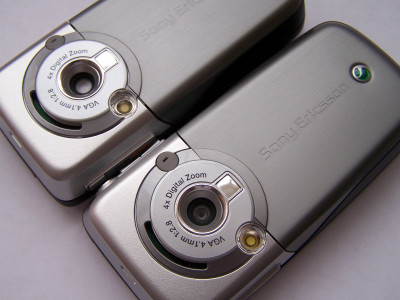"Backscatter" camera system capable of HD streaming with super-energy saving & battery-less of 1 / 1,000 is being developed

A technician in the USA is developing a camera system that can save power from 1,000 to 10,000 times, which is a major weakness of a streaming movie system capable of sending captured images in real time. Ultimately, it is expected that a camera system capable of streaming HD-quality movies without batteries can be realized by using pulses from communication equipment as a power source.
Battery Free HD Video Streaming
http://batteryfreevideo.cs.washington.edu/
Researchers achieve HD video streaming at 10,000 times lower power
https://techxplore.com/news/2018-04-hd-video-streaming-power.html
The principle of "Backscatter" camera system which can stream HD movie without battery is explained in the following movie.
Towards Battery-Free HD Video Streaming - YouTube
A camera system with the "Backscatter" structure being developed by researchers at the University of Washington is a camera that can be driven by radio waves received from smartphones and wireless LAN hubs, there is no need to install a battery. Moreover, it is possible to shoot a streaming movie with HD picture quality. With this backscatter camera system, you can create a streaming movie by moving wearable cameras and home security cameras that can send pictures to smartphones without batteries.
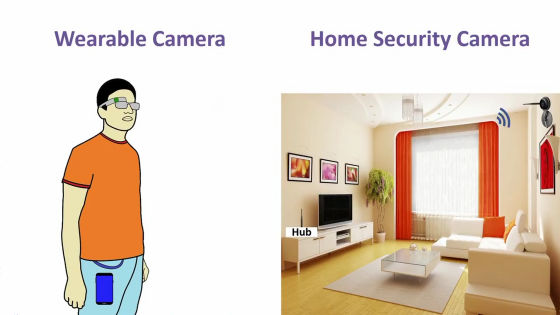
To understand the mechanism of such a battery-less streaming camera, it is best to compare it with the existing streaming camera mechanism. In general, streaming cameras consist of three major components: "image sensor", "analog-to-digital converter (ADC)" and "wireless device".

Among these three components, the image sensor consumes as much as 100 W (1/10000 W) and very power saving, whereas ADC and wireless devices consume about 1 W of power. In other words, the ADC and wireless devices are "power eating".
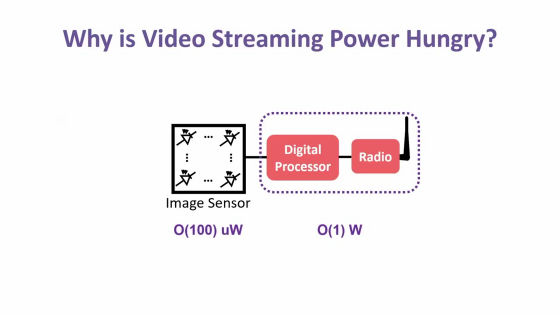
Therefore, the basic idea of the Backscatter camera system is to separate the ADC and the wireless device that account for almost all of the power consumption, to the hub terminal of the data communication destination.
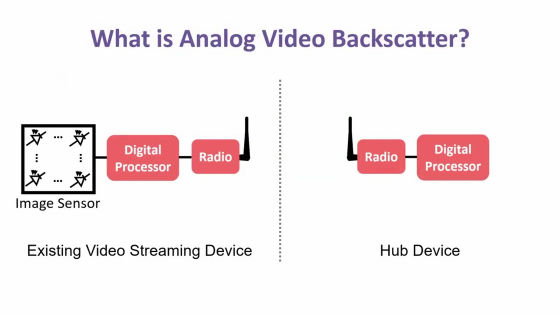
Directly connect the antenna that transmits and receives radio waves to the image sensor part, and move the ADC and radio equipment to the hub terminal. The image sensor which received the pulse signal from the hub terminal can drive with the pulse signal.
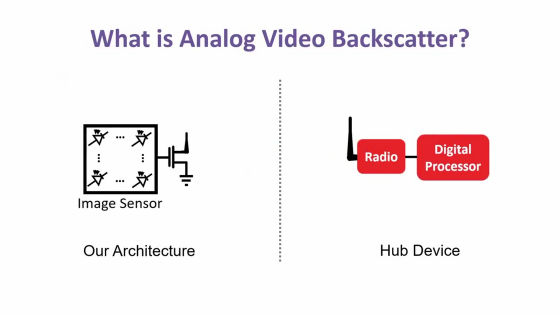
The captured image information returns the signal to the hub terminal. This allows the Backscatter camera system to continue sending streaming data while receiving power from the hub terminal side.
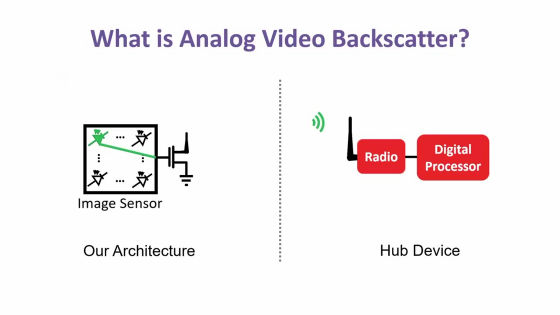
At the end of the movie, sample movies of streaming movies taken with the Backscatter camera system are recorded. In the test machine, we successfully performed movie streaming by driving 720p HD movie at a frame rate of 10 fps at a distance of up to 14 feet (about 4.3 meters) from the hub terminal.

Backscatter technology has been used for low bit rate sensors such as temperature sensors.
What is the technology "WiFi Backscatter" that is optimal for IoT capable of wireless communication without battery? - GIGAZINE

The research team of Professor Joshua Smith at the University of Washington succeeded in transferring data of a relatively high bit rate called HD streaming movie using Backscatter technology. In the Backscatter camera system, pixel information of each frame is converted into a series of pulse signals. It is said that the image is generated by making the wavelength of the pulse proportional to the value of the pixel and the connection time of the pulse to the luminance of the pixel.

Despite its low resolution, it has succeeded in streaming with low power consumption 1000 times to 10,000 times compared to existing movie streaming technology.

At the moment it is next task to make the system using a small battery batteryless. If a compact and lightweight camera that can be battery-free and capable of streaming HD movies is put to practical use, for example, it can be expected that cameras that can shoot a movie of a first-person perspective can appear without disturbing the play of athletes.

Related Posts:
